Understanding Military Connector Specifications
In the connector industry, there are many technical terms which can sometimes be hard to decipher. Military connectors demand by their very nature that they meet the stringent technical standards originally laid out by the US Department of Defense.
They and their derivatives are commonly known as Military Standard, MIL-STD, or MIL-SPEC connectors. In this article, we look at some of the most common specifications and standards and explain exactly what they mean.
MIL-DTL-38999
Previously known as MIL-C-38999, MIL-DTL-38999 connectors are a series of four connectors which are comprised of bayonet, threaded, and Breech Lok coupling mechanisms. They are environmentally resistant connectors that use removable crimp contacts and have an operating range of -65 to +200°C.
Series I connectors are bayonet coupled and have high-vibration properties. They are scoop proof and are ideal for heavy wind and moisture environments. They are utilised when a fast disconnect coupling system is required.
Series II connectors are bayonet coupled, are non-scoop proof, and have a low profile, so are used when weight or space is limited, or in low-vibration, high moisture, and strong wind situations.
Series III connectors are coupled by a quick screw Tri start thread, are scoop proof, and are best suited for normal mating and unmating applications and can be used in high temperature, moisture, wind, or vibration environments when used with the correct accessories.
Series IV connectors are coupled by a Breech Lok mechanism, are scoop proof, lightweight and suitable for blind mating applications, and they also have high-vibration attributes. They are well suited in high wind and moisture environments when used with the appropriate accessories. Insert arrangements for all series are provided in MIL-STD-1560.
MIL-DTL-26482
MIL-DTL-26482, previously known as MIL-C-26482, are bayonet lock connectors, and series 1 (solder) and series 2 (crimp) cover the requirements for two series of miniature, quick disconnect, environment resisting, circular electrical connectors and their accessories. Both series include hermetic receptacles and are intermateable when used with standard contacts and non-intermateable when used with shielded contacts.
The types and classes of connector include classes E, F, J, and P, which are utilised in environment-resisting situations and have an operating range of -55 to -125°C. Class H receptacles are suitable for situations where pressures/vacuums are required to be maintained in the boxes/vessels that the connector is mounted to.
There are many uses for this connector outside of the official military specification and the specification includes two circular connector series: Series I includes MS3110, MS3111, MS3112, MS3114, and MS3116, and Series II includes MS3470, MS3474, MS3475, and MS3476 connectors. Insert arrangements are provided in MIL-STD-1669.
MIL-DTL-5015
The MIL-DTL-5015 standard, previously known as MIL-C-5015, describes circular connectors that have front and rear release crimp contacts as well as solder contacts. They are used in electrical power, electronic, and control circuits and are widely used in industrial, civil, and defense applications as they are readily available, versatile and reliable. They have an operating range of -55°C to either 125°C, 175°C, or 200°C depending on the connector class. Insert arrangements are provided in MIL-STD-1651.
MIL-DTL-24308
This standard, MIL-DTL-24308 (formerly known as MIL-C-24308), describes non-environmental, polarised shell, rack and panel, miniature connectors with pin and socket, solder (non-removable), insulation displacement (non-removable), or crimp (removable) float-mounting or rigid mounting brackets. They have an operating temperature range of -55°C to 125°C.
They are also known as D-Subminiature or D-sub connectors and are used in environments where weight and space are a consideration, whilst accommodating a lot of circuits in relation to their size. For this reason they are ideal for missiles, aircraft, and ground support systems. Besides rack and panel applications, these can also be adapted for use by utilising integral clamps and other related accessories.
They are designed for use in military applications as follows: classes G and N are to be used within environments at the operating range of -55°C to 125°C (class N are used in environments where residual magnetism needs to be held at low levels), class H are used when pressures/vacuums have to be maintained in the boxes/vessels onto which the connectors are mounted, and classes D, K, and M are intended for use in high-reliability space applications.
MIL-DTL-83513
Previously called MIL-C-83513, the MIL-DTL-83513 specification describes micro-miniature, polarised shell rectangular connectors that have solder or non-removable crimp contacts. They are hard-wearing and long lasting and as such are intended for use in harsh environments, having high dielectric strength, high current capability, low contact resistance, and high resistance to vibration and shock. They are lightweight, of small size, and have a high density of pins.
They are also known as Micro-D connectors and due to their small size and weight, are commonly used in radars, shoulder-launched weapons, military GPS, medical equipment, satellites, drilling tools, advanced soldier technology, and aerospace avionics applications.
MIL-DTL-28748
The standard that designers desire when an application demands minimal use of space and weight without any sacrifice in the performance. Other requirements of MIL-DTL-28748 include the use of high-quality materials, a high resistance to shock and vibration, positive locking and a long life. This specification is typically used in aerospace, instrumentation and for many types of portable equipment. Previously known simply as M28748, high density and standard density MIL-DTL-28748 product ranges are made up of rectangular rack and panel connectors with non-removable solder contacts and removable crimp contacts.









